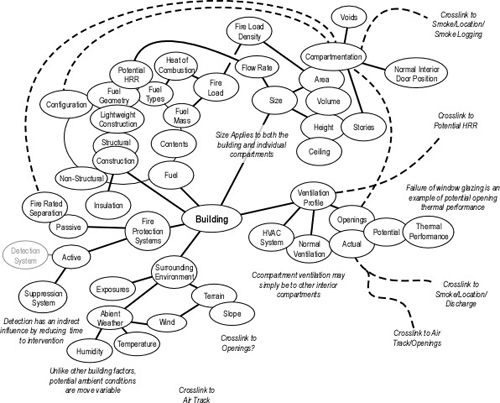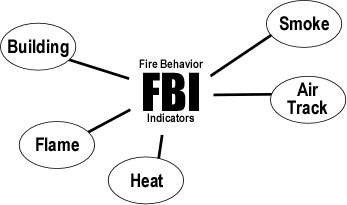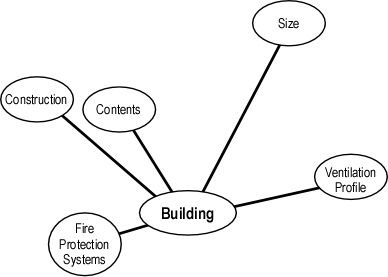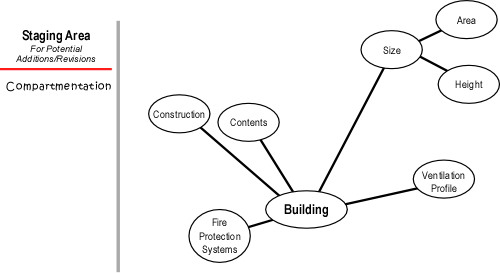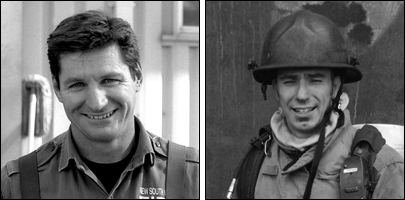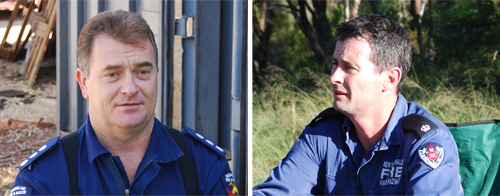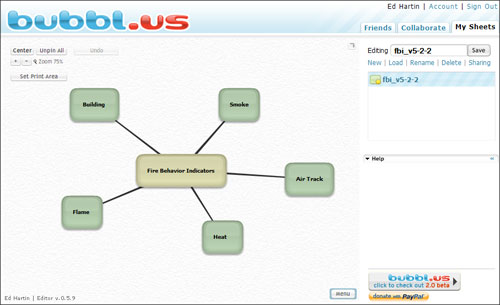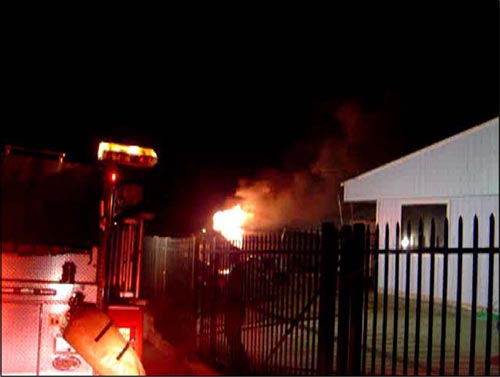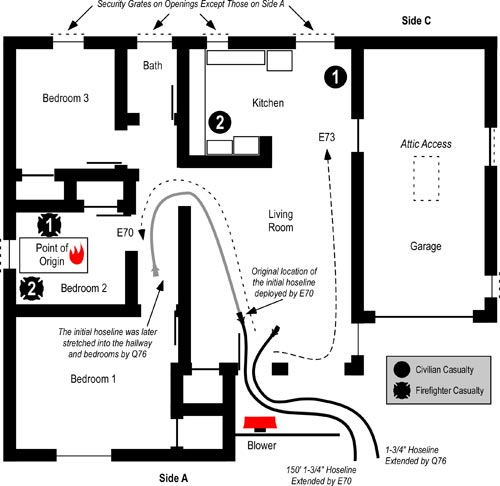Reading the Fire:
Smoke Indicators
Thursday, July 9th, 2009
In Reading the Fire: How to Improve Your Skills, I discussed building a concept map of fire behavior indicators as a method to increase competence in reading the fire. Construction of a concept map increases awareness of key indicators and understanding their interrelationships. I am working through this process along with you, with the latest revision to my concept map. Thus far, I have examined Building Factors, the first category of indicators in the B-SAHF (Building, Smoke, Air Track, Heat, and Flame) organizing scheme. For review of the discussion of building factors and revision of this segment of my concept map see the following three posts:
Reading the Fire: Building Factors
Reading the Fire: Building Factors Part 2
Reading the Fire: Building Factors Part 3
Focus Question
As pointed out at the start of this project, a concept map starts with a focus question that specifies the problem or issue that the map is intended to help resolve. The fire behavior indicators (FBI) concept map starts with the following focus question:
What building, smoke, air track, heat, and flame indicators
provide clues to current and potential fire behavior?
It is important to remember that a concept map is never finished. After you develop the first draft, it is always necessary to revise the map to increase clarity or add important concepts that you discover as work continues.
In the next few posts in the series, we will apply this focus question to smoke indicators.
Smoke Versus Air Track
There are a number of interrelationships between Smoke and Air Track. However, in the B-SAHF organizing scheme they are considered separately. As we begin to develop or refine the map of Smoke Indicators it is useful to revisit the difference between these two categories in the B-SAHF scheme as outlined in Reading the Fire: Building Factors
Smoke: What does the smoke look like and where is it coming from? This indicator can be extremely useful in determining the location and extent of the fire. Smoke indicators may be visible on the exterior as well as inside the building. Don’t forget that size-up and dynamic risk assessment must continue after you have made entry!
Air Track: Related to smoke, air track is the movement of both smoke (generally out from the fire area) and air (generally in towards the fire area). Observation of air track starts from the exterior but becomes more critical when making entry. What does the air track look like at the door? Air track continues to be significant when you are working on the interior.
Getting Started
When reading the fire it is important not to focus on a single indicator or category of indicators. However, Smoke Indicators often provide critical information about stages of fire development, burning regime, and differences in conditions throughout the building.
As always in developing a concept map it is important to move from general concepts to those that are more specific. Basic smoke indicators may include location, optical density (thickness), color, physical density (buoyancy), and volume as illustrated in Figure 1. However, you may choose to approach this somewhat differently.
Figure 1. Basic Smoke Indicators

Developing the Detail
Expanding the map requires identification of additional detail for each of the fundamental concepts. If an idea appears to be obviously related to one of the concepts already on the map, go ahead and add it. If you are unsure of where it might go, but it seems important, list it off to the side in a staging area for possible additions. Download a printer friendly version of Smoke Indicators to use as a starting point for this process.
Next Steps
Remember that the process of contracting your own map is likely as important as the (never quite) finished product. The following steps may help you expand and refine the Smoke Indicators segment of the map:
- Look at each of the subcategories individually and brainstorm additional detail. This works best if you collaborate with others.
- Have a look at the following video clip using your partially completed map and notes as a guide to identifying important smoke indicators. Think about what the smoke indicators mean and visualize developing fire conditions inside the building.
The following video has some excellent smoke indicators towards the middle of the clip that may aid in developing and refining your Smoke Indicators concept map.
Step Back and Look at the Entire Picture
I would not want to waste the opportunity to engage with the rest of the B-SAHF indicators. Download and print the B-SAHF Worksheet. Consider the information provided in each of the short video clips and complete the worksheet for each. First, describe what you observe in terms of the Building, Smoke, Air Track, Heat, and Flame Indicators and then answer the following five standard questions?
- What additional information would you like to have? How could you obtain it?
- What stage(s) of development is the fire likely to be in (incipient, growth, fully developed, or decay)?
- What burning regime is the fire in (fuel controlled or ventilation controlled)?
- What conditions would you expect to find inside this building?
- How would you expect the fire to develop over the next two to three minutes

While I did not get any response from the questions I posted on Twitter related to Building Factors, I will continue this practice as we explore smoke indicators. Have a look [http://twitter.com/edhartin] and join in by responding to the questions. End your comments related to Fire Behavior Indicators on Twitter with #B-SAHF (this hashtag simplifies searching for FBI related posts). In addition to B-SAHF questions, I also post links to video clips and fire behavior related new items on Twitter.
Ed Hartin, MS, EFO, MIFireE, CFO



